What You’ll Need
Tools |
Materials |
|
Drill |
Wood glue |
|
Screwdriver |
Screws |
|
Clamps |
½ - inch plywood |
|
Undermount drill guide |
¼ - inch plywood |
|
Corner clamps |
Undermount soft-close drawer slides |
|
Circular saw/jigsaw |
|
|
Estimated Time |
|
|
6 to 7 hours |
Having convenient storage space is key in every kitchen. Many homeowners will often prefer to have customized cabinets to fit their specific needs. However, that may not always be the case in certain kitchens. Then again, there’s nothing stopping you from modifying a part of your existing cabinetry — especially if you didn’t get to customize it in the first place.
Certain storage spaces tend to be somewhat inconvenient. For instance, imagine trying to reach for something from the back of a base cabinet. Now imagine how easier it would be if that cabinet had a drawer. You’ll be happy to find out that building your own DIY under-shelf pull-out drawer is a relatively easy project. With a few tools and materials in hand — and an afternoon to spare — you can give your cabinet the modification it needs.
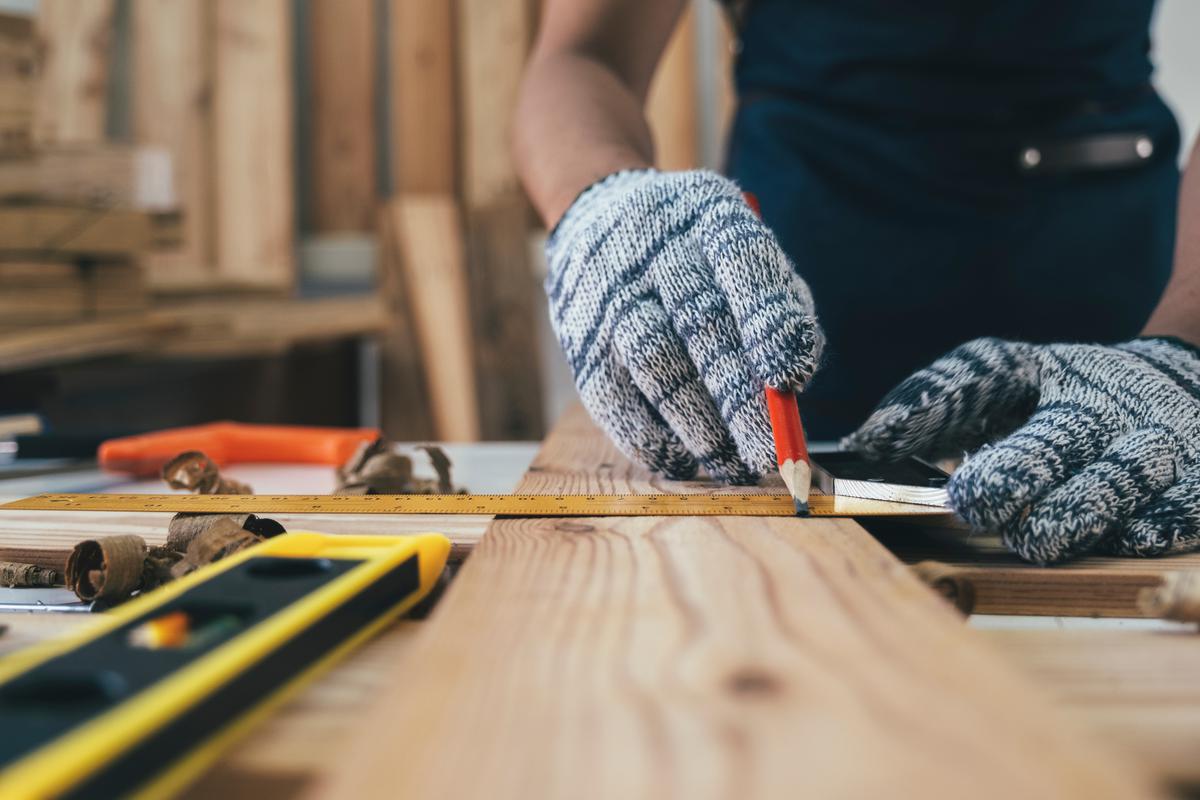
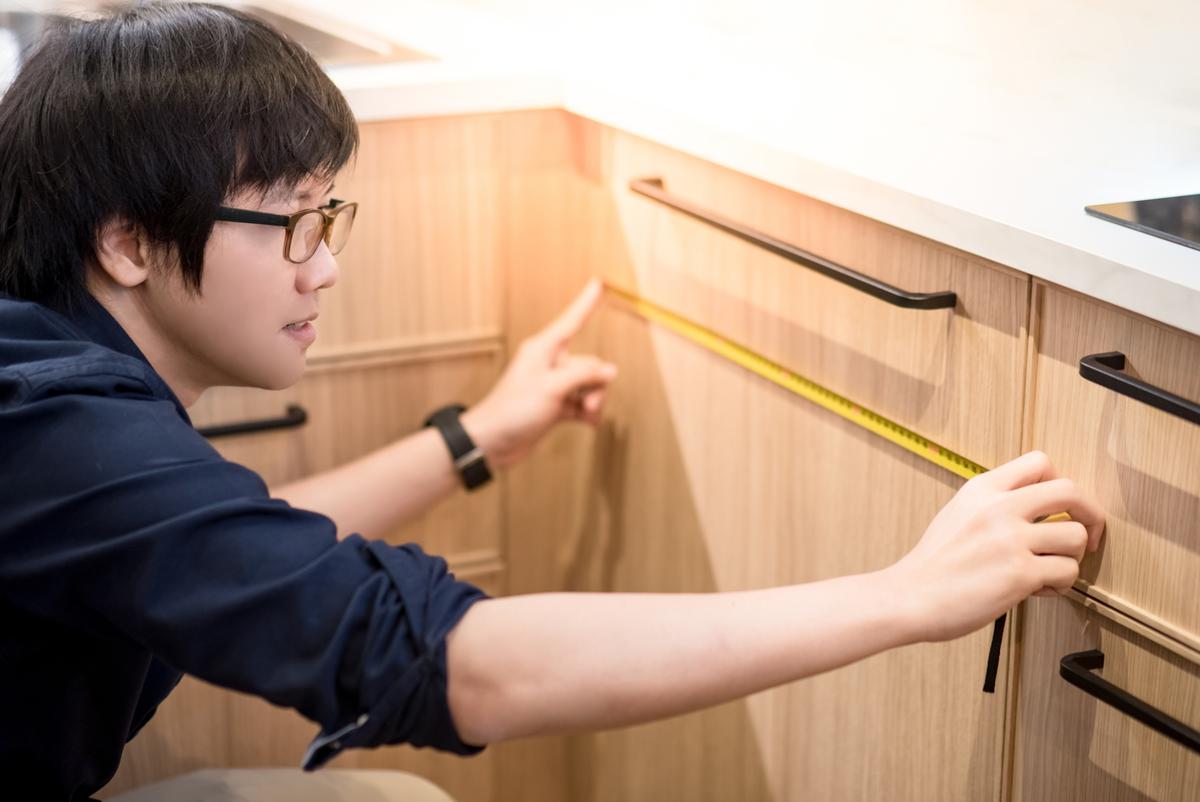
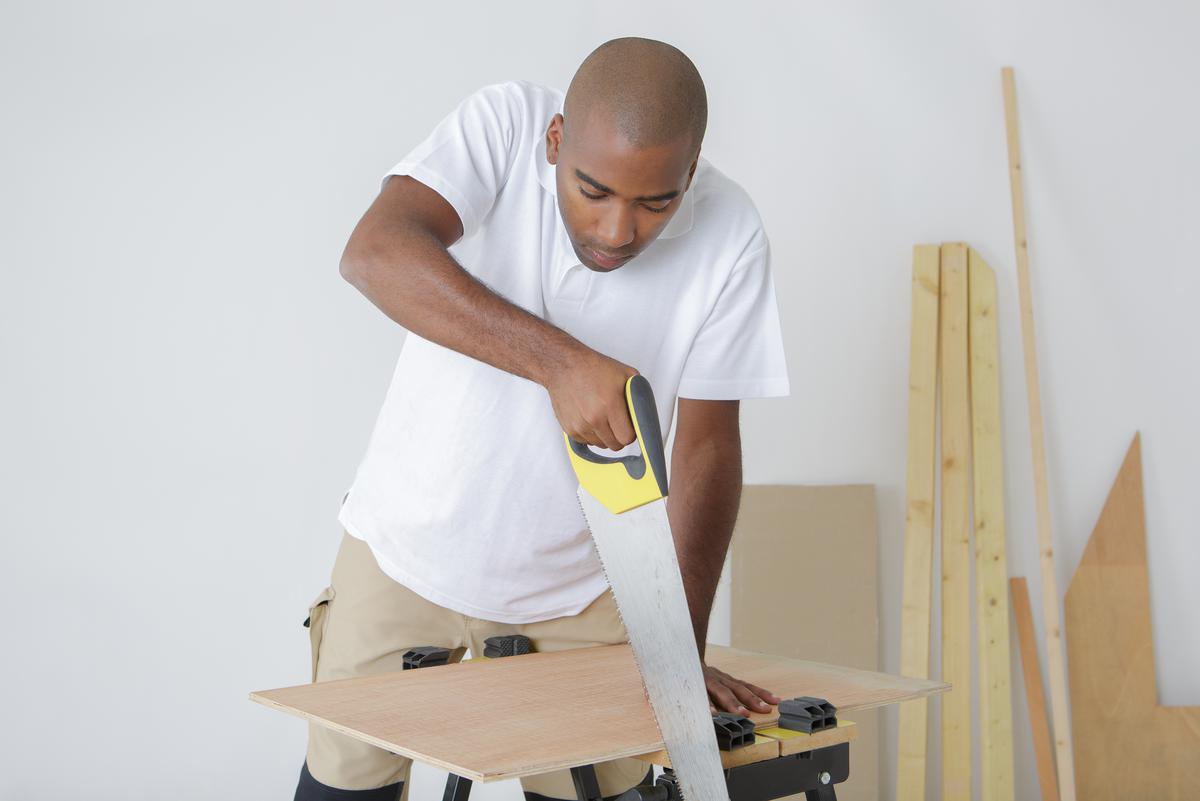
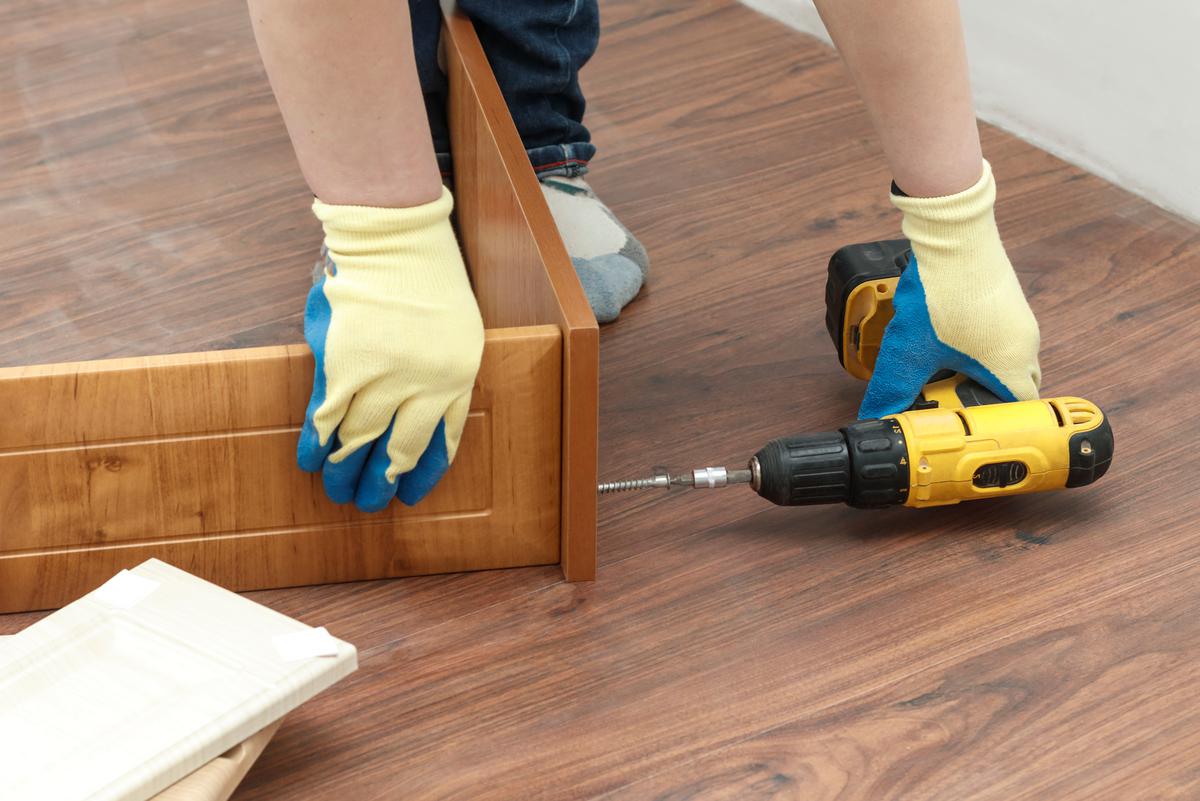
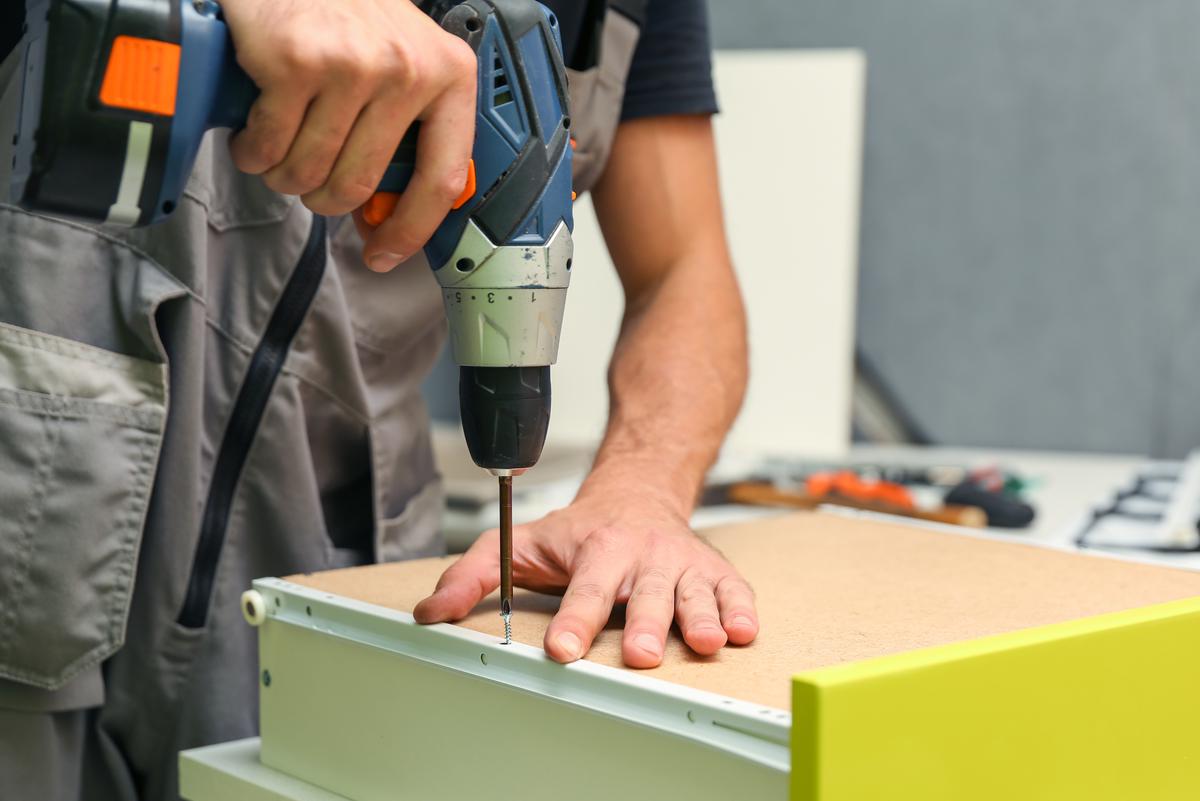
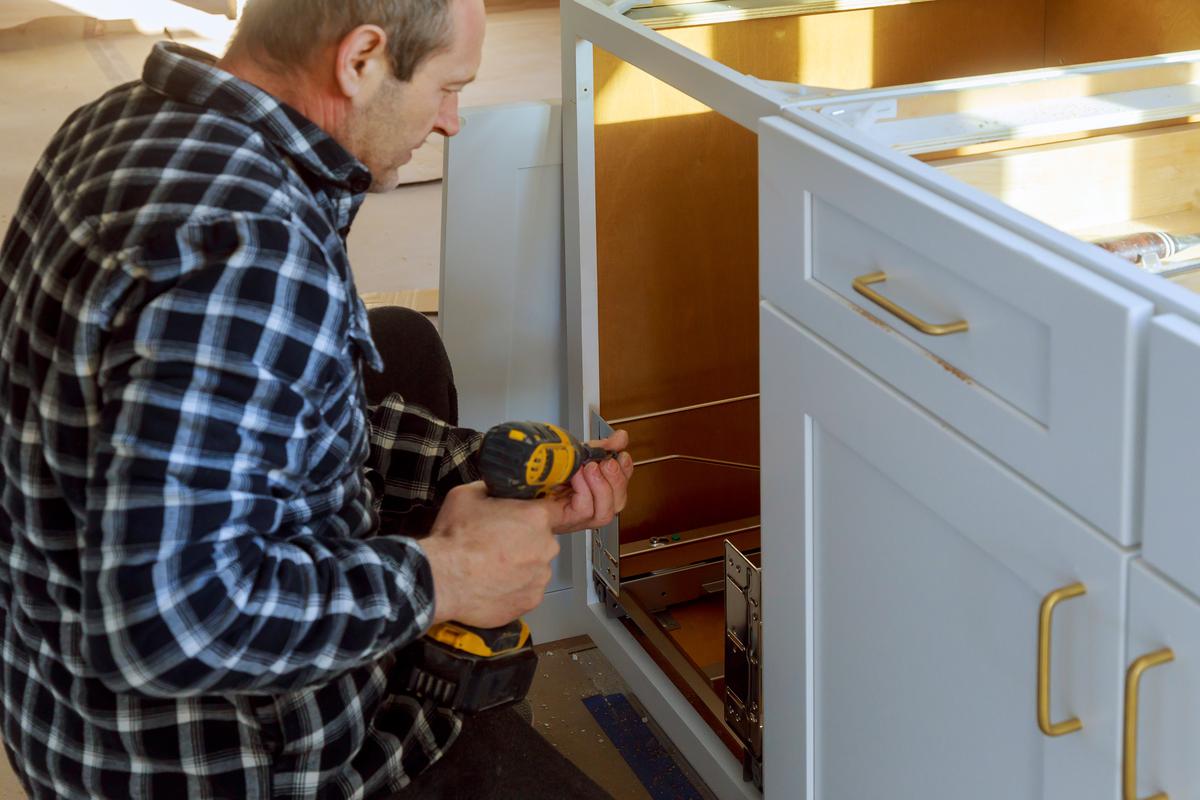
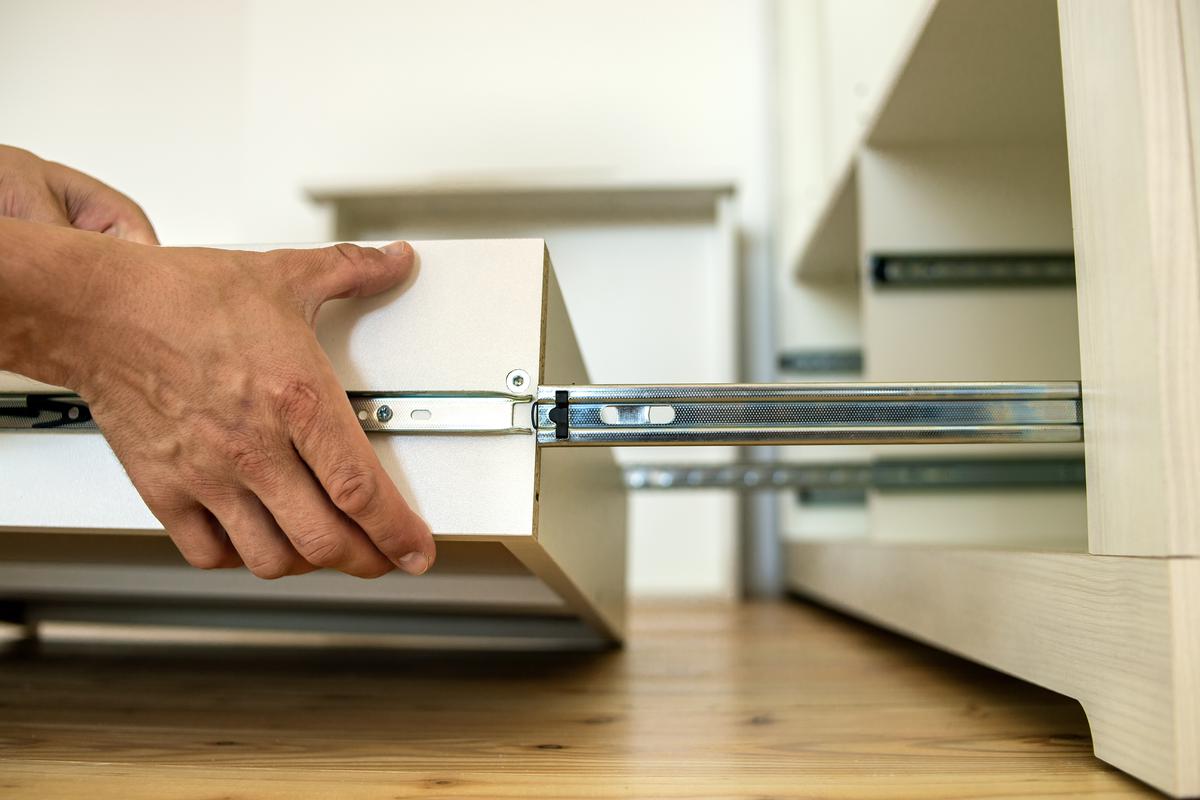
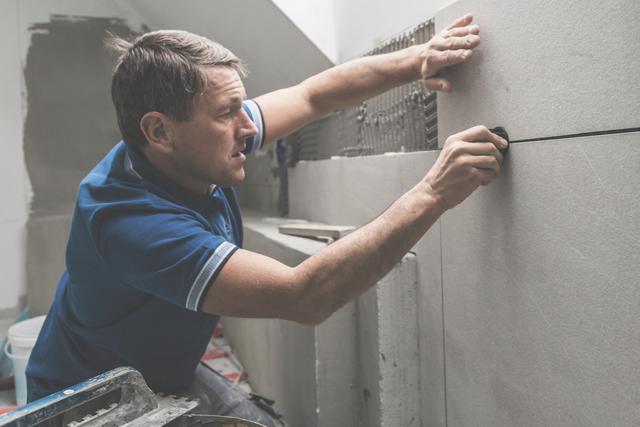
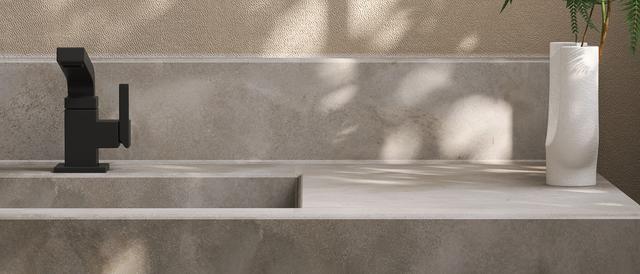
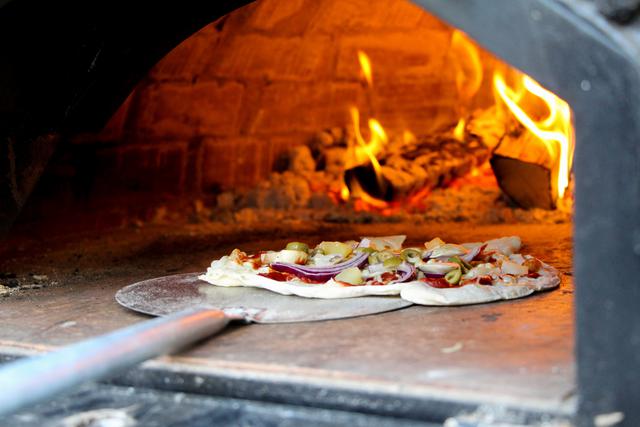
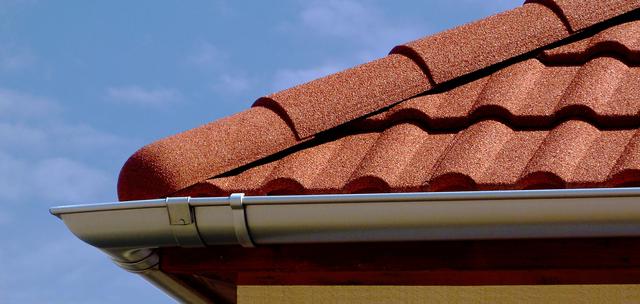
comments